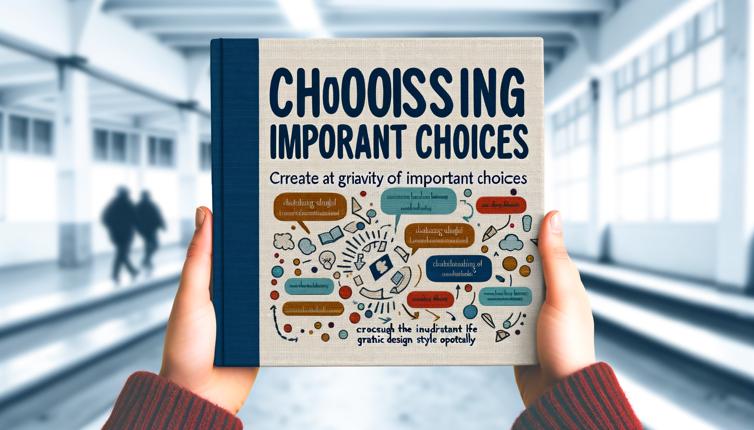Traditional Career Path
A traditional career path refers to a more conventional route that is well-established and widely recognized in society.,Advantages:,- Stability: Traditional careers often offer more job security and stability as they are typically associated with established industries.,- Clear Career Progression: These paths generally have well-defined steps for career advancement, making it easier to set goals and make progress.,- Networking Opportunities: Traditional careers often provide ample opportunities for networking and building professional connections within the industry.,Disadvantages:,- Limited Flexibility: Traditional careers may have limited flexibility in terms of work schedules and locations.,- Slow Adaptation to Change: As traditional career paths are deeply rooted in established industries, they may be slower to adapt to new technologies and advancements.,- Potential for Stagnation: Due to the structured nature of traditional careers, there is a risk of experiencing professional stagnation and limited growth opportunities.
Nontraditional Career Path
A nontraditional career path involves unconventional professions or industries that may not follow the typical trajectory.,Advantages:,- Flexibility: Nontraditional careers often offer more flexibility in terms of work schedules, locations, and unconventional work arrangements.,- Opportunity for Creativity: These paths give individuals the chance to explore their passions and pursue unique career opportunities that align with their interests.,- Potential for Rapid Growth: Nontraditional careers may have the potential for rapid growth, especially in emerging industries and entrepreneurial ventures.,Disadvantages:,- Uncertainty: Nontraditional careers can be more unpredictable and uncertain compared to traditional paths.,- Limited Recognition: Some nontraditional careers may not be widely recognized or valued in society.,- Higher Risk: Venturing into nontraditional careers can involve higher levels of risk, as there may not be established support systems or clear career progression.,- Lack of Stability: Nontraditional careers may lack the stability and job security associated with traditional paths.
Conclusion
Ultimately, the choice between a traditional and nontraditional career path depends on your personal preferences, goals, and risk tolerance. Traditional careers offer stability and a clear progression, while nontraditional careers provide flexibility and opportunities for creativity. It is important to evaluate your own strengths, interests, and long-term aspirations when making this decision. Consider seeking guidance from mentors or career counselors who can provide insights and advice tailored to your specific situation.









